Great Design Plant: Chamaecrista Fasciculata Brightens City Boulevards
http://www.decor-ideas.org 09/02/2015 00:13 Decor Ideas
Partridge pea (Chamaecrista fasciculata) is a U.S. native annual legume commonly occurring in dry sites in prairies, rangelands and old fields. With its short stature, it can be planted along the edge of a sidewalk or walkway, along the edge of a perennial border or on a city boulevard.
Bright yellow flowers emerge along the flower stalk in July and continue into September. Bumblebees seek out the flowers; these large charismatic bees hang from the bright red stamens and buzz-pollinate the flowers (shake the flowers at a high frequency) to release pollen. Partridge pea usually self-seeds, providing enough plants from one year to the next and eliminating the need to replant this annual on a yearly basis.
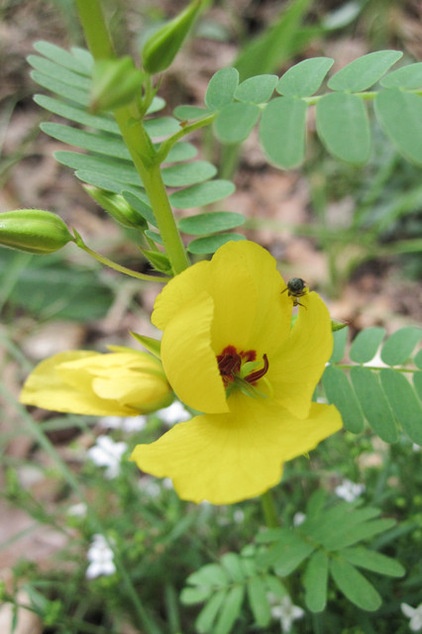
Botanical name: Chamaecrista fasciculata or Chamaechrista fasciculata; formerly Cassia chamaecrista
Common names: Partridge pea, showy partridge pea, showy partridgepea
Origin: Native to the eastern United States from South Dakota south to Texas and New Mexico, east to New York in the north and Florida in the south
Where it will grow: Hardy to minus 25 degrees Fahrenheit, or minus 32 degrees Celsius (USDA zones 4b to 10b; find your zone)
Typical plant communities: Dry to dry-mesic prairies, old fields, roadsides and rangelands
Soil requirement: Well-drained, dry to medium, sandy-loam to loam soil
Light requirement: Full sun to partial shade
Mature size: 18 inches tall and 12 to 18 inches wide
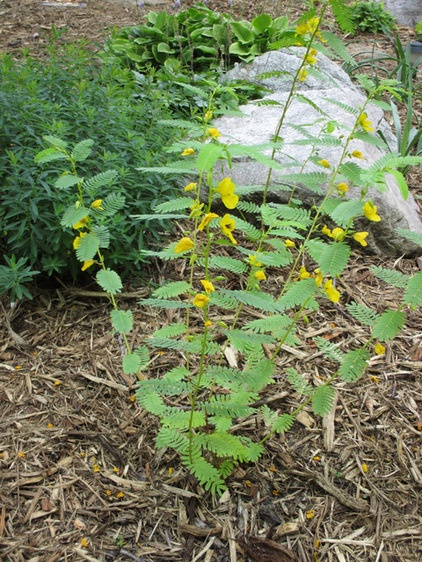
Benefits and tolerances: Tolerates disturbed, dry, sandy soil
Seasonal interest: Bright yellow flowers develop in July through September along the flower stalk at the leaf axils; has lacy, compound foliage and an upright form
When to plant: Spring or fall; seeds and occasionally potted plants are available from most native-plant nurseries in areas where it occurs
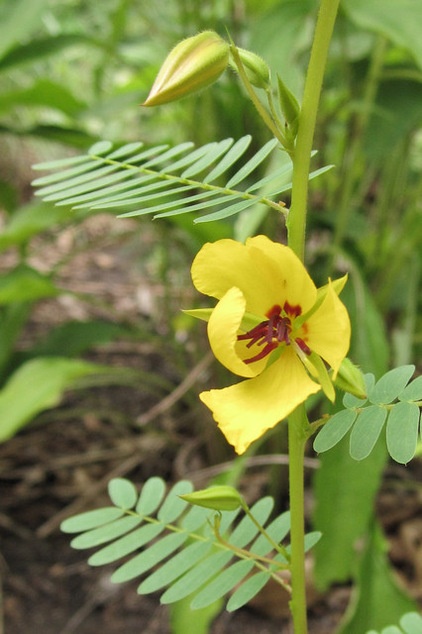
Distinguishing traits. Partridge pea has a bushy habit and large, bright yellow flowers with red stamens. It is a legume, so it helps improve soil fertility through the nitrogen-fixing nodules on its roots.
How to use it. Partridge pea grows well in open sites with little competition from tall plants, such as perennial prairie grasses. Use this native annual in a boulevard planting, along a sidewalk or walkway, or at the edge of a perennial border. Combine partridge pea with other summer-flowering native perennials that are small or medium height, including hoary vervain (Verbena stricta), butterfly milkweed (Asclepias tuberosa) and wild petunia (Ruellia humulis).
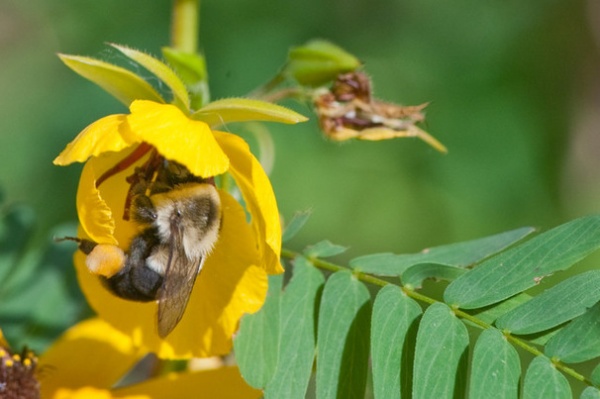
Planting notes. Partridge pea is an annual that will reseed from year to year provided that there is bare or open soil for plants to germinate in during the following year.
You can collect the seeds from the pods in the fall when they’re mature. Sow the seeds in a desired location in the fall, or store them inside for the winter, then in the spring scratch the seed coat (scarify) and place the seeds in damp sand in the fridge for at least 10 days before sowing them outside.
Shown: A common eastern bumblebee (Bombus impatiens)
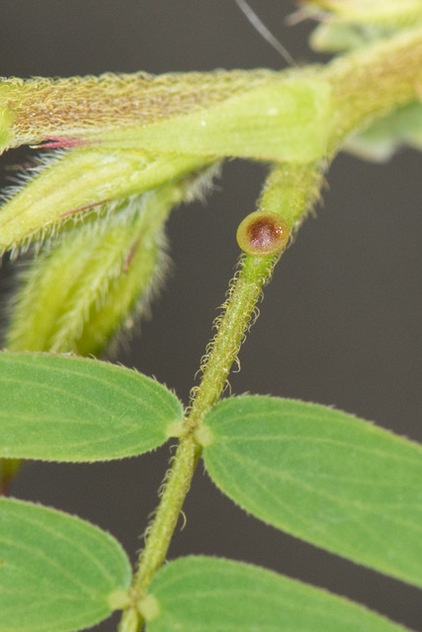
Pollinator notes. The flowers are a favorite of bumblebees. Listen closely for bumblebees buzz-pollinating the flowers to release the pollen.
The flowers are believed to be nectarless, but the plant does produce nectar in extra floral nectaries on the leaf petiole (stalk). The sugary substance exuded from these nectaries attracts wasps, which may, in return, prey upon any caterpillars feeding on the plant.
Shown: Close-up of the extra floral nectaries on the leaf petiole
More: Browse plants native to other regions of the U.S.
Related Articles Recommended












